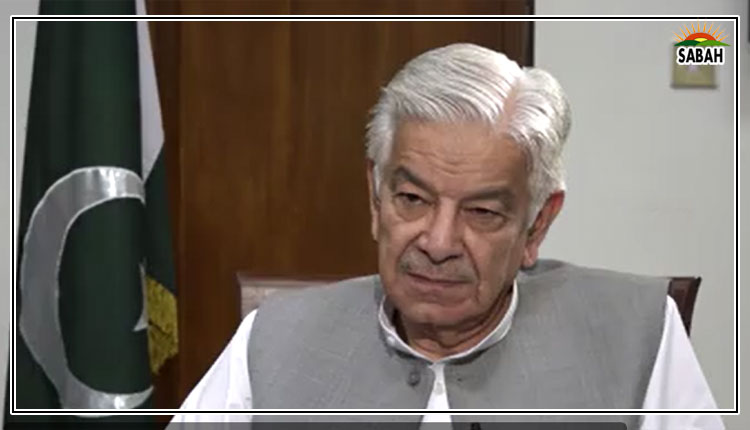26th Amendment: the good, bad and ugly …Jahanzeb Sukhera
After months of political drama, the Constitution (twenty-sixth Amendment) Act 2024 has received the president’s assent, officially amending Pakistan’s constitution.
This amendment recalibrates the balance of power between the three branches of the state: the executive, the legislature, and the judiciary. The amendment reflects both ruling parties’ long-standing frustrations with and desires to curb judicial overreach.
Both the PPP and the PML-N have experienced friction with the judiciary. The PPP saw two of its prime ministers removed by the Supreme Court of Pakistan, and the PML-N suffered the removal of a prime minister as well. Against this backdrop, the explanation for rebalancing the powers of the state holds merit.
In theory, parliament represents the will of the people, and the government formed by the parliamentary majority is tasked with executing the mandate given to them by their constituencies. If the political leadership feels that judicial interference is preventing them from fulfilling their voters’ expectations, amending the constitution is one way to resolve the issue.
However, whether the 26th Constitutional Amendment addresses these concerns effectively without fostering conditions for abuse remains to be seen.
The most prominent feature of this amendment is the establishment of a Constitutional Bench within the Supreme Court. This bench will hear cases involving challenges to executive and legislative actions, as well as matters of public importance concerning the enforcement of fundamental rights.
The Judicial Commission of Pakistan (JCP) is entrusted with selecting the members of this bench from among the judges of the Supreme Court. Consequently, the rulings and judgments of this bench may significantly impact governance and legislative activities.
This brings the composition of the Judicial Commission into focus. Under the amendment, the JCP will comprise five senior judges, five members aligned with government, two with the opposition, and one representative from the Pakistan Bar Council. While this structure does not immediately suggest complete control by the ruling parties, a more detailed examination reveals potential issues. Notably, the amendment introduces a new process for appointing the chief justice of Pakistan.
The chief justice will now be selected from the three most senior judges of the Supreme Court by a parliamentary committee, whose members will be nominees from political parties chosen based on their strength in parliament. This change grants the ruling parties considerable influence over the appointment of the chief justice.
This raises concerns about the potential for conflicts of interest among the top three judges, who are also part of the JCP. These judges may feel inclined to favour the ruling parties in the hopes of being selected as the next chief justice, thus giving the government an indirect advantage in the decision-making process of the JCP.
It is also important to note that the Pakistan Bar Council also has a vote on the JCP, and political parties may seek to influence bar elections to secure this vote. Even before this amendment, concerns of regulatory capture within bar councils existed, with many arguing that elected members are reluctant to regulate their peers. Injecting political interests into this process could exacerbate these issues, further deteriorating the standard of regulation in the legal profession.
Apart from influencing the membership of the JCP and the Constitutional Bench, the amendment also introduces a yearly performance evaluation for high court judges. This mechanism is said to be designed to address concerns within the legal community that some judges do not perform as expected once confirmed as high court judges. According to the amendment, if the JCP finds a judge’s performance unsatisfactory, the judge will be given a period to improve. If no improvement is observed, the JCP can refer the matter to the Supreme Judicial Council for potential removal.
While this performance evaluation mechanism could enhance the efficiency of the judiciary, there is also the potential for abuse. An independent judge may face undue pressure to conform to the government’s interests, thus compromising their role as a check on executive overreach. Given the judiciary’s critical function in safeguarding citizens’ rights against state excesses, such a tool in the hands of the executive poses a significant threat to judicial independence.
Notably, the amendment leaves open the question of the tenure and removal of judges appointed to the Constitutional Bench. The JCP retains the authority to remove judges from this bench without a fixed term or a formal structure governing such decisions. While the JCP could self-regulate by establishing rules that protect judges from arbitrary removal, the amendment itself provides no such safeguards.
The 26th Constitutional Amendment brings substantial changes to the structure of Pakistan’s superior judiciary, the full impact of which will only become apparent with time. While these changes are presented as necessary to address political parties’ concerns over judicial interference, they also introduce new risks of manipulation and control over the judiciary.
The success of these reforms will depend on whether they are applied in the spirit of strengthening governance or whether they are exploited to undermine judicial independence.
Ultimately, one hopes that this recalibration of powers will serve the wider interests of Pakistan and its democratic institutions.
Courtesy











